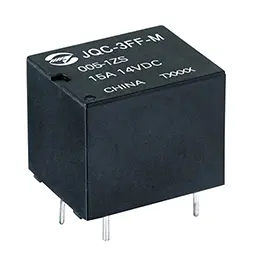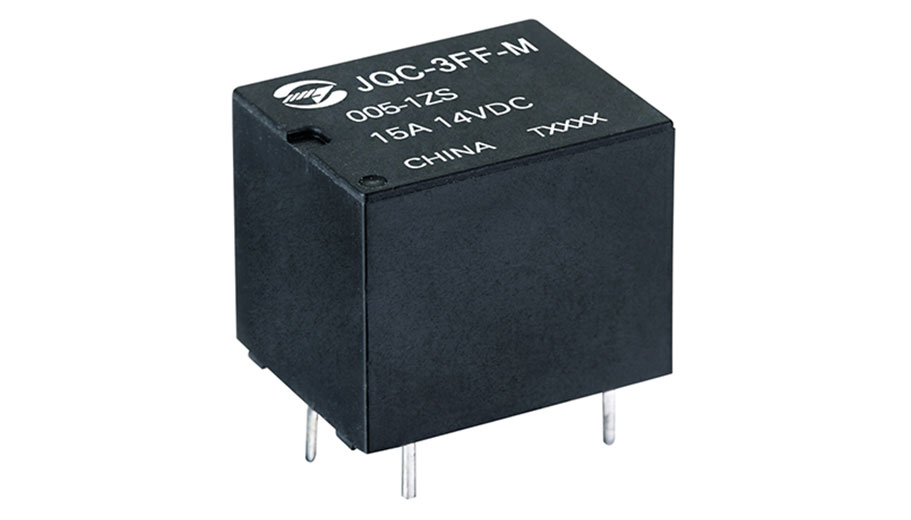


1. Relay is a kind of automatic control device whose output will change by leaps and bounds when the input quantity (electricity, magnetism, sound, light, and heat) reaches a certain value. An electromagnetic relay can be simply understood as a switch that applies a prescribed electrical signal to its input and its output connects and disconnects the controlled circuit.
2. Instruction for use: In order to use the relay correctly, it is necessary to know the characteristics of the relay and confirm whether these characteristics meet the use requirements. It is more reliable if it can be confirmed in the actual environment.
Solar relay: generally used for solar photovoltaic power generation inverter;
Power relay: generally used for the control of household appliances;
Power relay: generally used for power control;
Automobile relay: suitable for automobile field;
Sealed relay: suitable for fields with harsh environments or high-reliability requirements.
Relays are a kind of automatic control device that the output quantity will jump when the input quantity (electric, magnetic, sound, light, heat) reaches a certain value. There are many ways to classify relays, which can be classified according to the principle of application, size, contact load, protection characteristics, contact form, application, etc.
Relays are a kind of isolated function of automatic switching components. Applying relays can expand the control range by switching, opening and closing, connecting multiple circuits, and other operations.
Relays are applicable in the control circuit board of equipment from a range of fields, such as household appliances, the automotive industry, solar energy field, etc.
Relays are assembled from the movement, housing, base plate, and other related parts and components.
There are different types and functions of relays used in different industries, so it is important to know in which industry the relays are to be used.
To choose the right relay, consider the following:
Voltage & Current Ratings: Ensure the relay’s coil voltage matches your circuit voltage, and its contact rating can handle the current and voltage of the load.
Contact Configuration: Select a contact arrangement (e.g., SPST, DPDT) that matches your circuit needs for switching.
Switching Speed: Choose a relay with a switching speed suitable for your application, especially if you need high-frequency switching.
Environmental Conditions: If the relay will be exposed to harsh conditions, consider sealed or high-durability models.
Physical Size & Mounting: Ensure the relay fits in your space and is compatible with your mounting setup.
Type: Decide between electromechanical or solid-state relays based on your application's switching precision, speed, and durability needs.
Email:
lilian@zettlernb.comCall Us:
+86-574-62502203Address:
No. 5, Shuntai Road, Yangming Industrial Zone, Yuyao City, Zhejiang Province